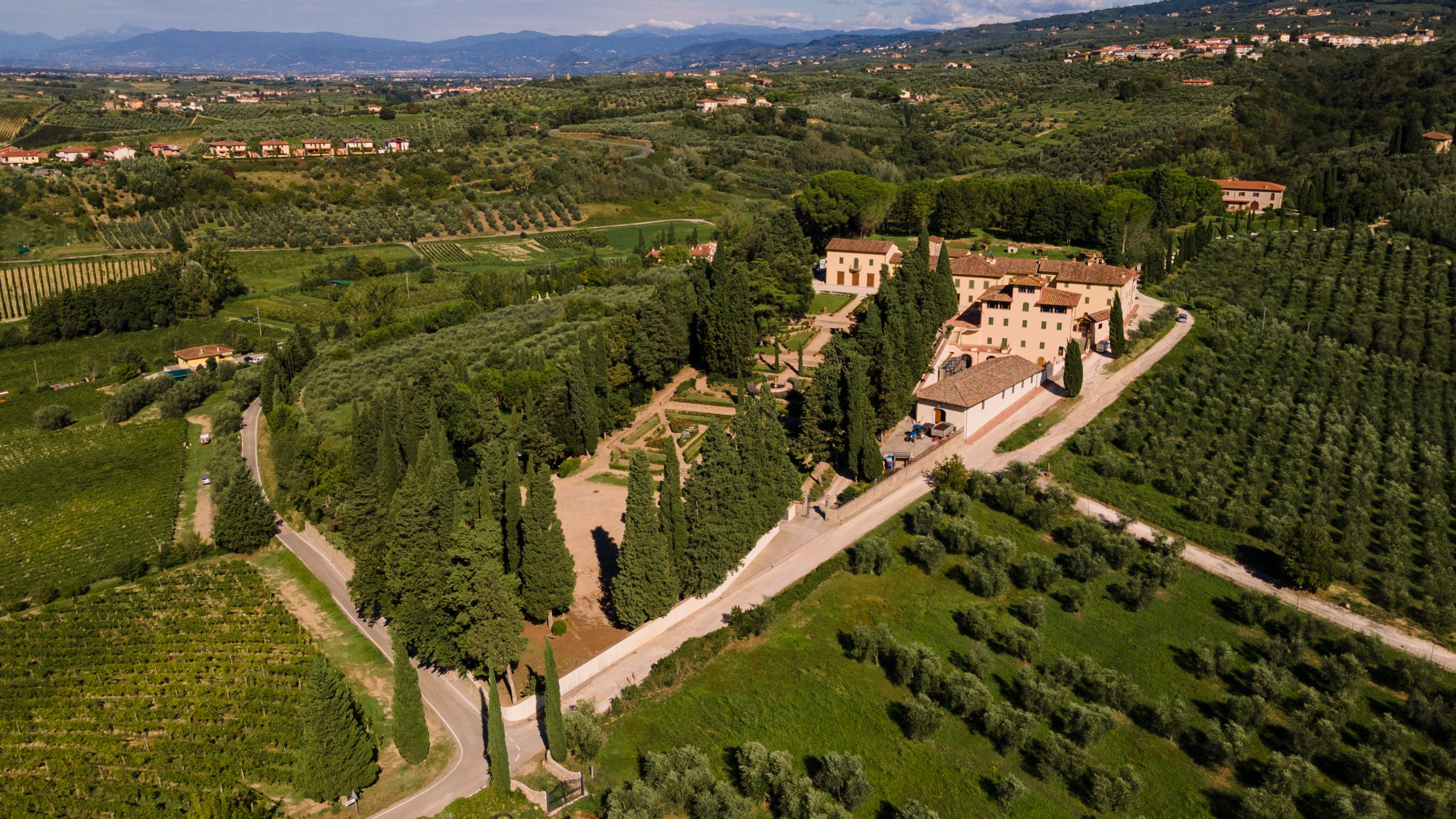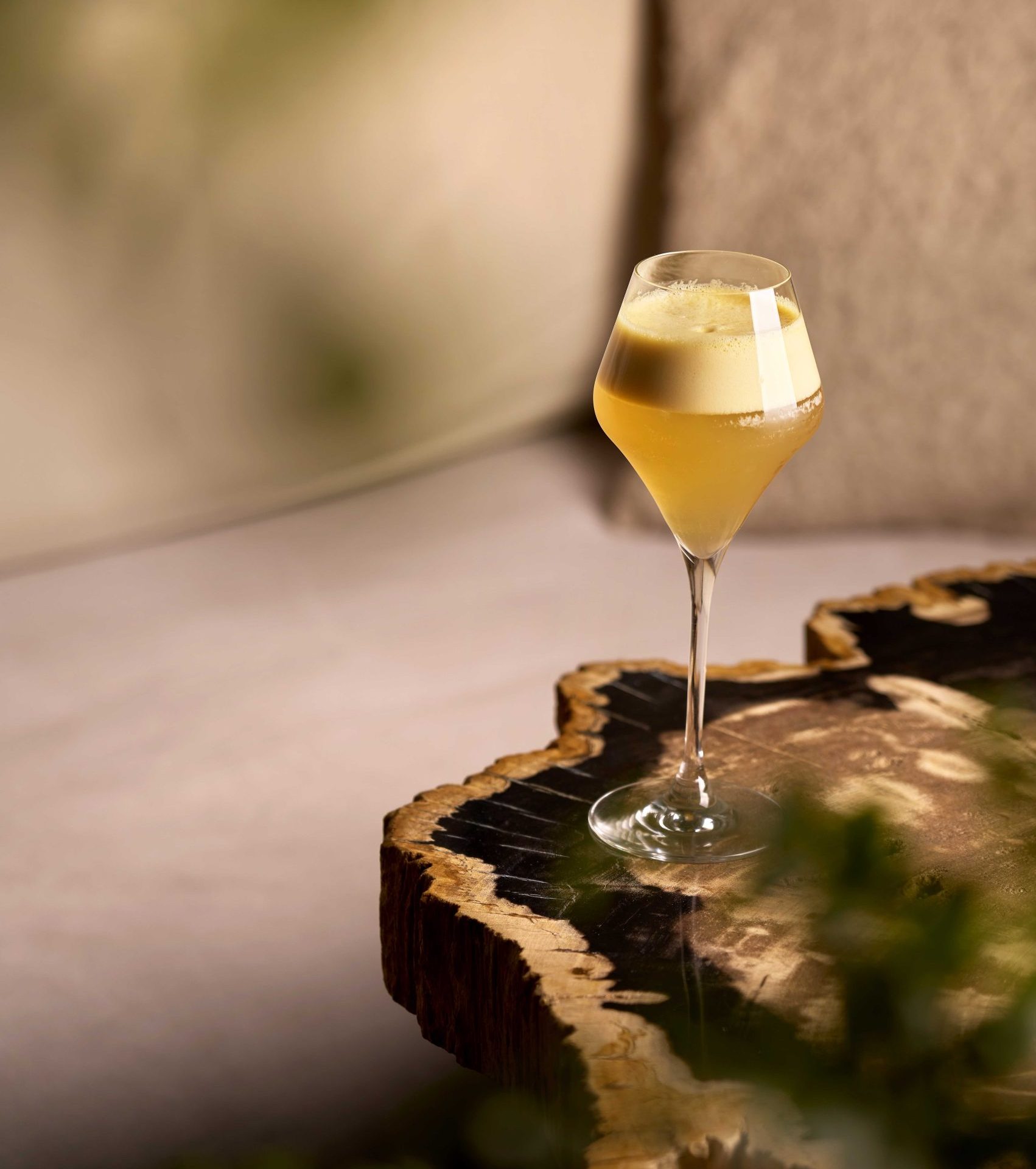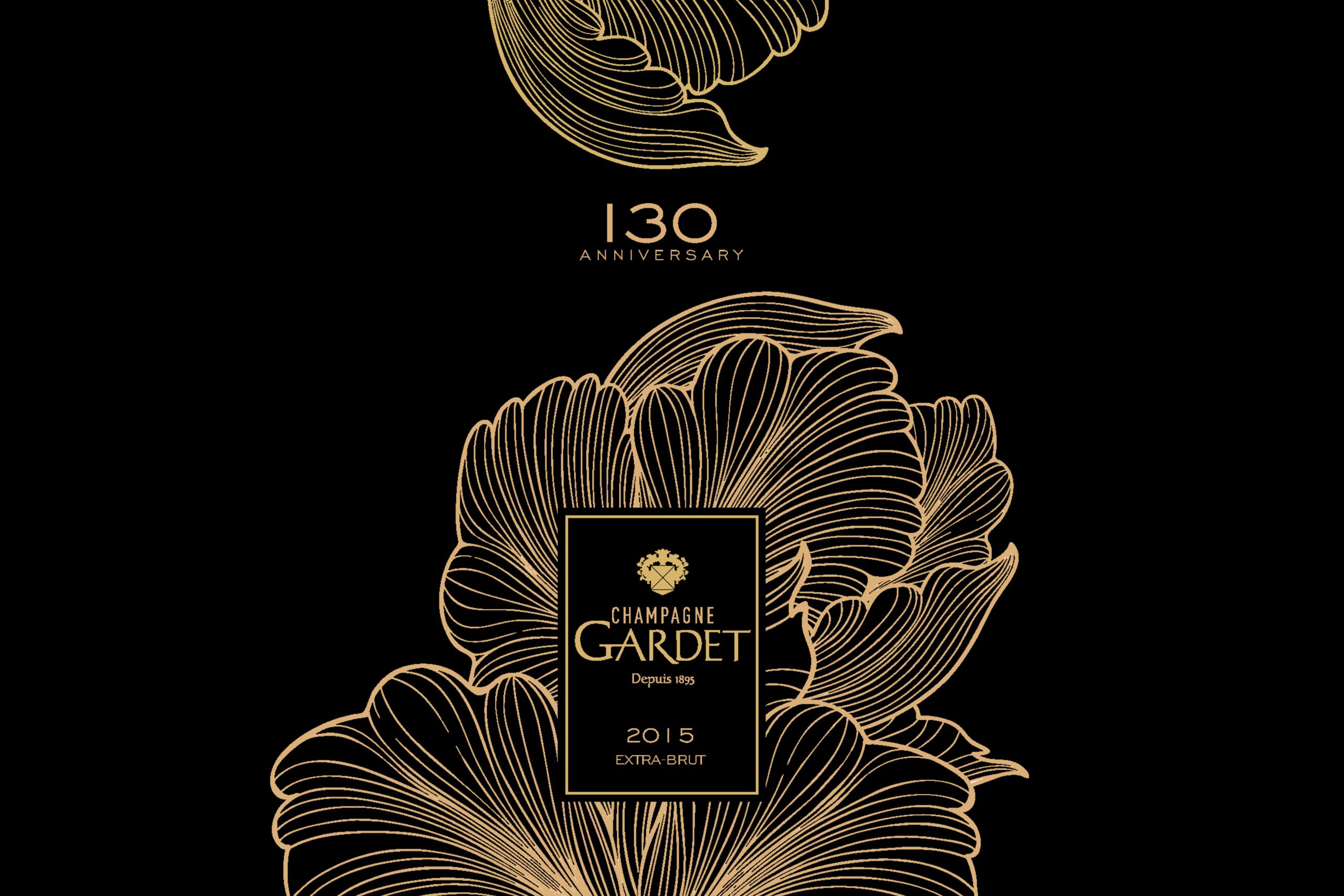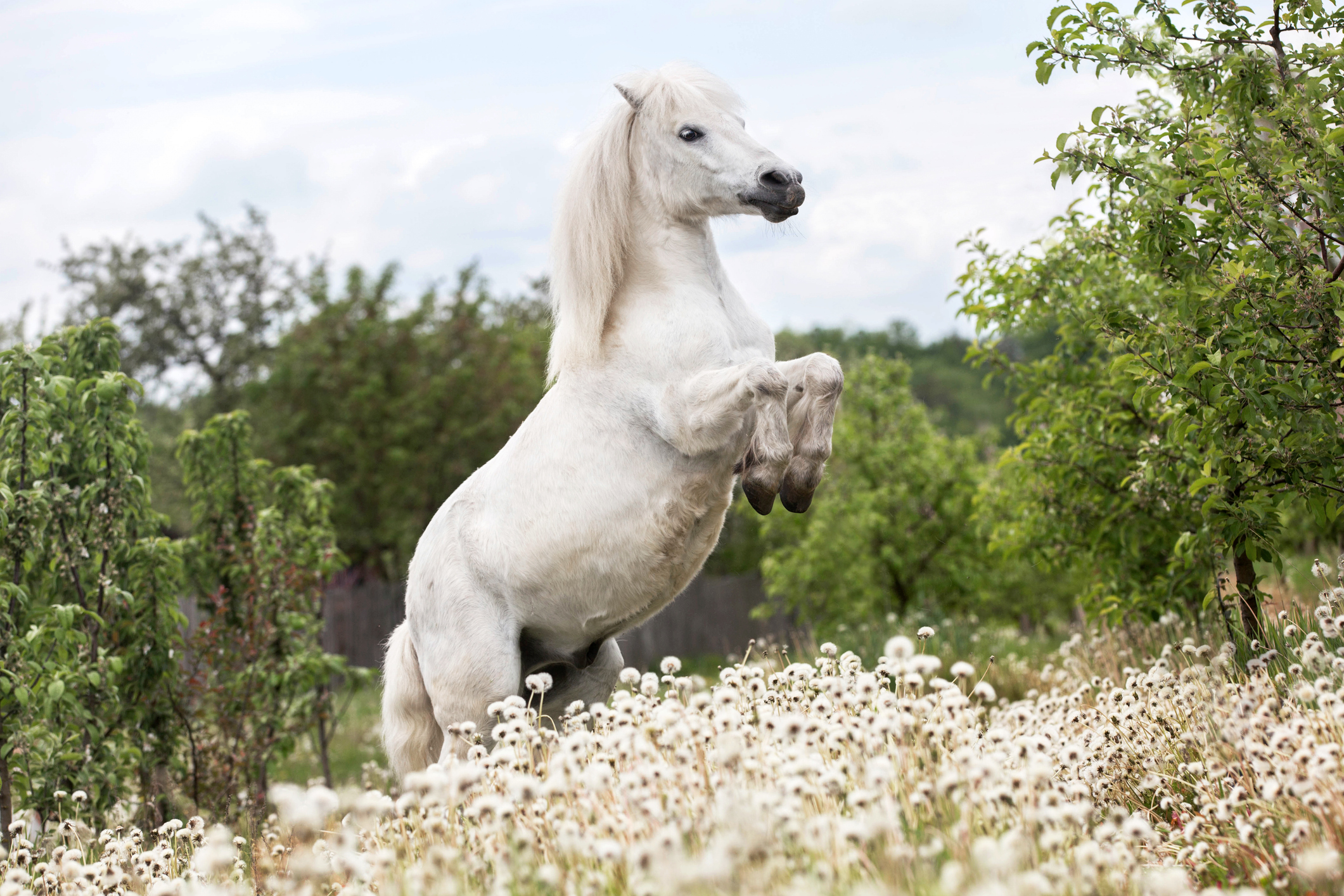Nick Pegna: my vision for Sotheby’s
By Richard WoodardSotheby’s enters a new era this month with the arrival of Nick Pegna as the auction house’s global head of wine and spirits, replacing Jamie Ritchie. The former Berry Bros executive tells Richard Woodard about his plans – and why he’s stocking up on grand cru Chablis.

When Jamie Ritchie announced he was leaving his post as worldwide chairman of Sotheby’s Wine and Spirits in April, it felt like the end of an era. After all, Ritchie spent more than three decades with the auction house, the last seven of them in the top job, and was instrumental in the transformation of its business: sales in New York and Hong Kong, the move into spirits, the relationships with Hospices de Beaune and Napa Valley Vintners…
“I’m very proud and honoured to step into those shoes,” says Nick Pegna, the former Berry Bros & Rudd executive who takes over from Ritchie this month. “It’s a tough act to follow.
“I think that, ultimately, my goal is to make Sotheby’s the pre-eminent choice for wine and spirits. The way to do that is to enhance the supply of fine wines and spirits. Jamie has done a great job of that, but do I think it’s a completed mission? No, I think there is more to be done.”
Last year, Sotheby’s wine and spirits auctions netted a record US$150m, up 14% on the year before – but Pegna’s vision for the future is about more than just numbers.
“The business as a whole from my understanding from afar is operating very effectively, but not always communicating across clients where I know there are crossovers,” he says.
Pegna is referring to the potential for cross-selling – the idea that people who buy art and other luxury commodities might also be attracted by fine wine and spirits. He cites the example of a personal acquaintance based in the Philippines: “He’s collecting art and furniture, but he doesn’t buy his wine from Sotheby’s at the moment – and he should.”
Pegna also sees great value in taking a holistic approach to nurturing the relationship between auction house and collector – a key element in his previous roles as merchant and broker.
“As somebody who has had to understand the different needs of collectors over the years, some of them are very happy to wait; others are very happy to roll the dice in an auction room,” he explains.
“The advisory element is critically important. It’s about holding collectors’ hands and knowing which direction they want to move in. Rather than just being about the firework effect of a big sale, it’s helping people to buy and having that continuity of supply. It becomes a much more holistic relationship, and that’s slightly different to the past.”
To label today’s secondary market as “slightly different to the past” would be an understatement. The fulcrum of the auction scene has shifted east to Asia – a region with which Pegna is exceedingly familiar, having worked there with Berrys for many years, including starting businesses in Hong Kong and Singapore, as well as restarting one in Japan.
Greater China in particular has been slow to bounce back from the impact of the Covid-19 pandemic, but Pegna sees positive signs now.
Partner Content
“I was in Hong Kong in February and I saw the mood returning,” he says. “Masks were no longer mandatory, and that changed the mood overnight.
“But there are concerns about deflation in China, and people are going to see the market returning more slowly than they expected. Having said that, market penetration levels are still very low.”
Beyond China, Pegna sees great potential in Singapore and South Korea, as well as Taiwan for spirits.
Nonetheless, he reckons his responsibilities are split evenly between Asia, North America and Europe (including London, Geneva and Zurich).
“A lot of companies make Asia their growth project, expecting other markets to remain static,” Pegna says. “I think there’s a risk in doing that.
“If we look at North America, for instance, it’s quite interesting that there’s still a substantial opportunity there, although there’s stiff competition from rival auction houses. Then there’s Latin America – Mexico, Brazil – new, exciting markets with younger consumers.”
For all Pegna’s fresh vision and new ideas, he takes over at a somewhat uncertain time for the global fine wine market: Liv-ex indices declining, the great run of regions such as Champagne and Burgundy apparently at an end. Change, though, can bring opportunities.
“There is an arbitrage currently for the very top end of Burgundy, for people to look back and see the value to be had in mature Bordeaux,” he argues. “I think Bordeaux en primeur 2022 encouraged that. They’ve been slightly unloved for some years, so there is definitely some value to be had.”
Furthermore, a cooling of the market is never bad news for all involved. “Movements in the market encourage buyers on one side of the movement, and sellers on the reverse,” Pegna points out. “There is some real value to be had now [for buyers]. I think it’s important to be pragmatic, but I also see that there’s an opportunity.
“That said, there are a number of operators in the fine wine world whose business models have been predicated on a rising market. If we haven’t got a rising market, it becomes rather more complicated to work on that ‘sell, sell and sell more’ basis.”
And, while the market may be rediscovering its love for Bordeaux, Pegna has firm views on one particular region that he feels is criminally under-appreciated at the moment. “Chablis,” he says, without hesitation. “I’m buying as much grand cru Chablis as I can find to drink. I just feel that there very few people making grand cru Chablis who aren’t making very good grand cru Chablis.”
Related news
WWE legend goes viral after Napa wine tasting
Favourite kosher wine 'impossible to find' due to trade war
Piccolo power: why Henkell's small bottle has stood the test of time




